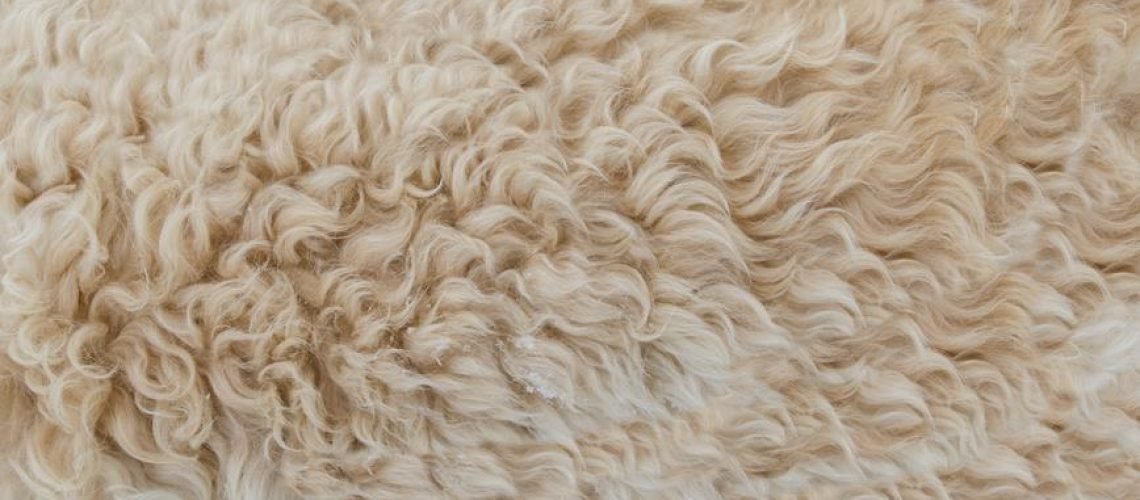Are you curious about how to find the perfect skin color match for your unique tone?
Well, here's an interesting fact for you: understanding your skin color is crucial when it comes to choosing makeup, clothing, and hair colors that flatter you.
In this article, we'll explore the fascinating world of skin tones and undertones, helping you identify your individual coloring.
From fair to dark skin tones, we'll delve into the various shades and undertones that exist, guiding you towards finding your perfect match.
Let's celebrate all beautiful skin colors together!
Key Takeaways
- Skin tone refers to the actual color of the surface of your skin, which is determined by the amount of melanin.
- Skin undertone refers to the color tone underneath the surface of your skin, and can be cool, warm, or neutral.
- Skin phototype refers to the classification of skin based on the amount of melanin and reaction to sun exposure, which can range from type 1 to type 6.
- There are a variety of skin color names that correspond to different skin tones, such as porcelain, almond, caramel, and mahogany.
Understanding Skin Undertones
To understand your skin undertones, you need to identify the underlying hues beneath the surface of your skin. This knowledge is essential for identifying the best makeup shades and choosing clothing colors that complement your skin undertone.
When it comes to makeup, knowing your undertone helps you select the right foundation, blush, and lipstick shades that will enhance your natural beauty. For example, if you have cool undertones, you may find that pink or berry shades flatter your skin more. On the other hand, warm undertones can be enhanced with peachy or golden hues.
When it comes to clothing, understanding your undertone can guide you in selecting colors that make your complexion glow. Cool undertones may be enhanced by blues, purples, and silver jewelry, while warm undertones can shine with earth tones, oranges, and gold jewelry.
Exploring Skin Phototypes
Explore the different skin phototypes and discover which category your skin falls into. Understanding your skin phototype is crucial in determining how your skin reacts to sun exposure and the precautions you should take. The Fitzpatrick Scale is a significant tool used to classify skin phototypes based on melanin levels and sun sensitivity.
Type 1 individuals have fair skin that burns easily and never tans. Type 2 individuals tan lightly but usually burn. Type 3 individuals tan but can still get slightly burnt. Type 4 individuals burn slightly and tan fairly easily. Type 5 individuals rarely burn and tan easily. Type 6 individuals never burn.
Knowing your skin phototype helps you make informed decisions about sun protection and skincare. Stay liberated by understanding your skin and embracing its unique characteristics.
Discovering Light Skin Color Names
As you explore the different light skin color names, you'll discover a range of shades with various undertones. Identifying the best makeup shades for light skin tones can be a game-changer.
For fair skin with cool undertones, opt for foundations and concealers with pink or blue undertones to counterbalance any redness. If you have warm undertones, look for products with yellow or peach undertones to enhance your natural glow.
When it comes to clothing colors, pastels like baby blue, soft pink, and lavender can complement light skin tones beautifully. Neutrals like beige, cream, and light gray can also create a sophisticated look. Don't be afraid to experiment with bold colors like coral, mint green, or sky blue, as they can add vibrancy to your complexion.
Embrace your light skin tone and have fun exploring different shades and styles.
Unveiling Medium Skin Color Names
Discover the versatility and beauty of various medium skin color names, allowing you to embrace your unique complexion. Here are three reasons why you should celebrate your medium skin tone:
- Identifying makeup shades for medium skin tones:
Medium skin tones have a wide range of options when it comes to makeup. From warm peachy tones to rich earthy hues, you can experiment with different shades to enhance your natural beauty. Whether you prefer a bold lip or a subtle eye, there are endless possibilities to express your style.
- Celebrating diversity in medium skin tones through fashion:
Fashion is a powerful tool for self-expression, and medium skin tones are no exception. Embrace the beauty of your complexion by incorporating vibrant colors, bold patterns, and unique textures into your wardrobe. From jewel tones to pastels, there are countless options to showcase your individuality and celebrate the diversity of medium skin tones.
- Embracing your natural beauty:
Medium skin tones have a unique warmth and radiance that deserves to be celebrated. By embracing your natural beauty, you can inspire others to do the same. Emphasize your features with minimal makeup or let your skin shine through with a fresh-faced look. Remember, your medium skin tone is a part of your identity and should be cherished.
Revealing Dark Skin Color Names
Embrace the richness and diversity of dark skin tones, for they encompass a wide range of beautiful and unique shades. Celebrating diversity is essential, as it allows us to appreciate the beauty of different skin tones.
Embracing dark skin color names is of great significance as it promotes representation and inclusivity. Darker skin colors have historically been underrepresented in mainstream media, which has perpetuated harmful beauty standards.
By acknowledging and embracing the names of different dark skin tones, we can challenge these standards and celebrate the beauty of all skin colors. From bronze to cacao, saddle brown to sable, the variety of dark skin color names reflects the vastness of human diversity.
Let's celebrate and uplift these names, ensuring that everyone feels seen, recognized, and valued.
Frequently Asked Questions
How Does the Amount of Melanin in Our Skin Affect Our Skin Color?
The amount of melanin in your skin affects its color. More melanin leads to darker skin tones, while less melanin results in lighter skin tones. Skin undertones, however, do not change over time.
Can Skin Undertones Change Over Time?
Skin undertones can change naturally over time due to factors like hormonal changes, aging, and sun exposure. As you age, your skin's undertones may shift slightly, but they generally remain consistent throughout your life.
Are There Any Specific Skin Color Names for People With Mixed Race Backgrounds?
Sure! There are specific skin color names for mixed race backgrounds. Finding the right foundation shade for mixed race individuals can be challenging, but with the right knowledge and tools, you can achieve a flawless and natural look.
What Are Some Common Misconceptions About Skin Tone and Undertones?
Misconceptions about skin tone and undertones include thinking that they can change with tanning or skin-lightening procedures. Skin color naming conventions vary, but it's important to embrace individuality and beauty in all skin colors.
How Does the Fitzpatrick Scale Determine Skin Phototype and What Are Its Limitations?
The Fitzpatrick Scale determines skin phototype, but it has limitations. It doesn't consider the relationship between skin color and ethnicity, and it may not accurately represent all individuals.
Conclusion
In conclusion, understanding your skin color is crucial for finding the perfect match in makeup, clothing, and hair colors. Whether you have a fair, medium, or dark skin tone, celebrating the beauty of all skin colors is essential.
By exploring undertones and using tools like the Fitzpatrick Scale, you can identify your unique coloring and embrace it with confidence.
Remember, every shade is beautiful, and by finding your perfect skin color match, you can enhance your natural beauty and feel your best.







